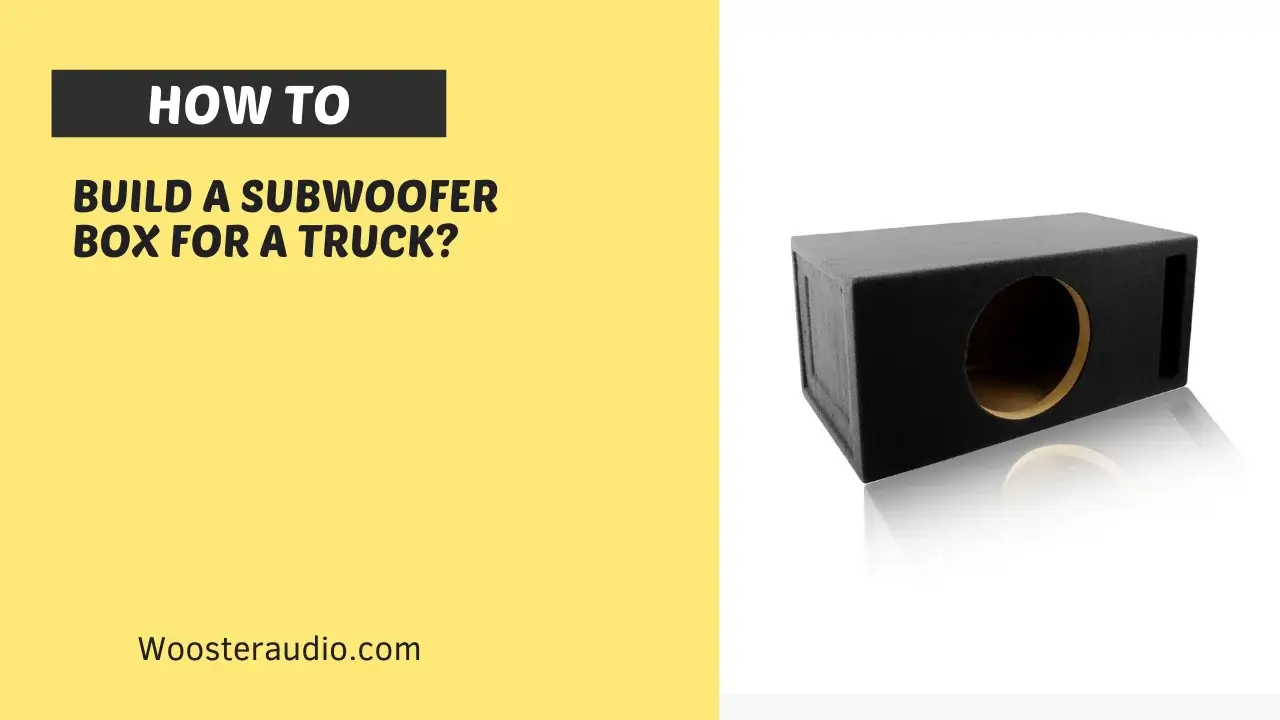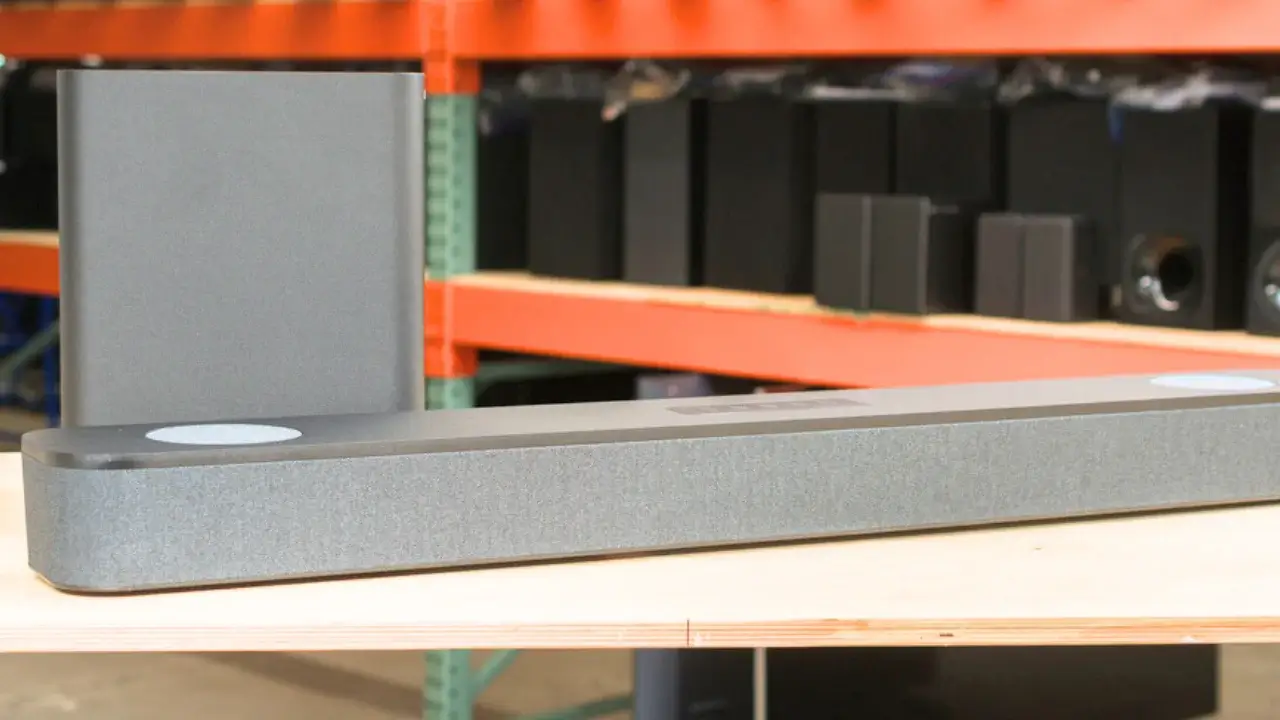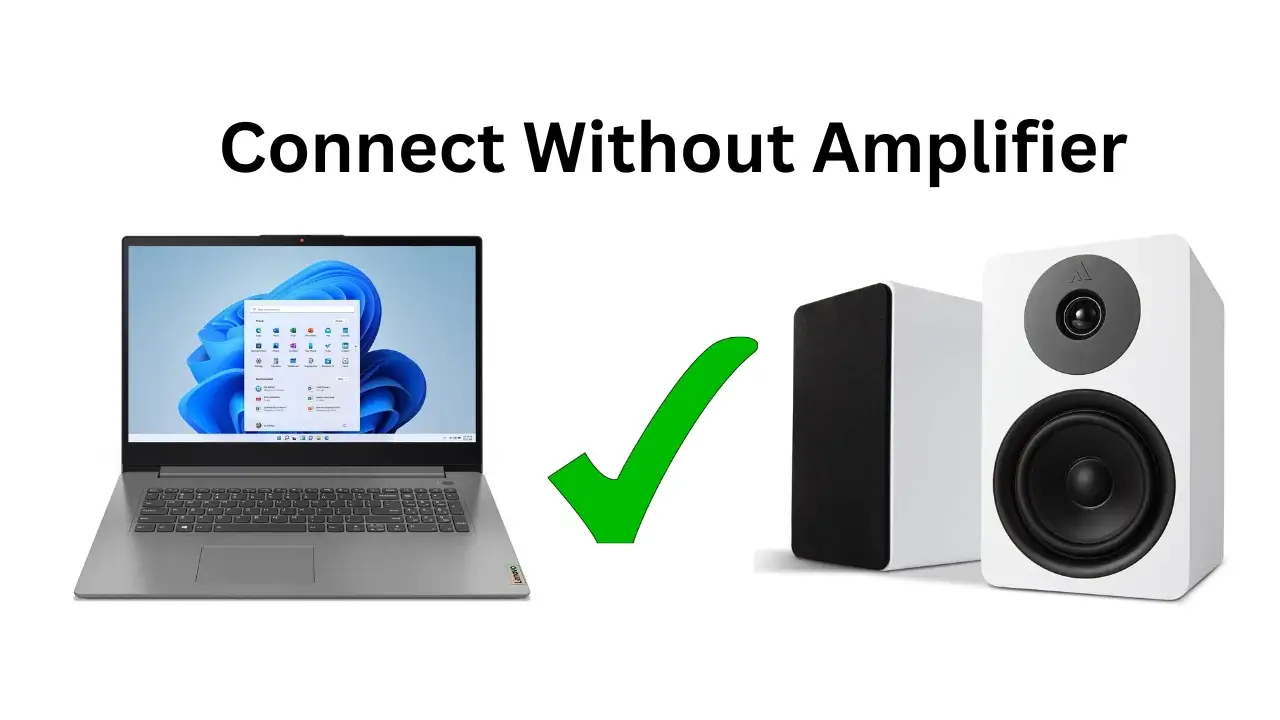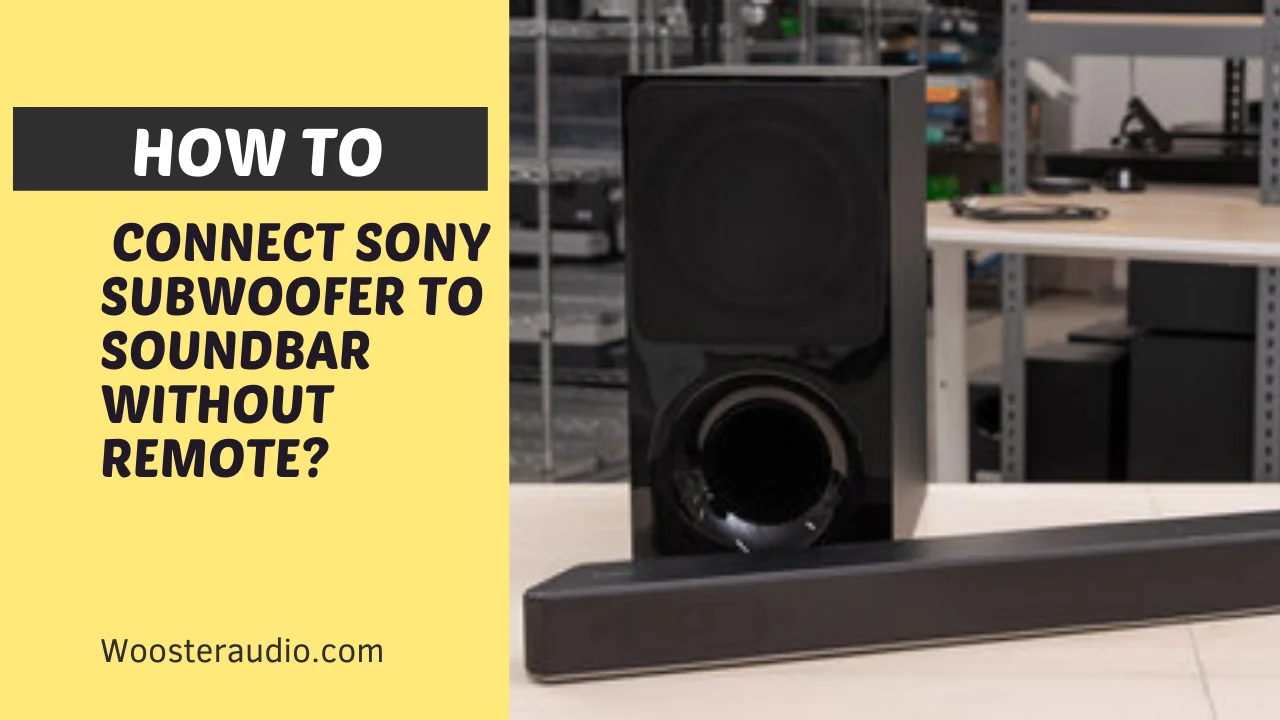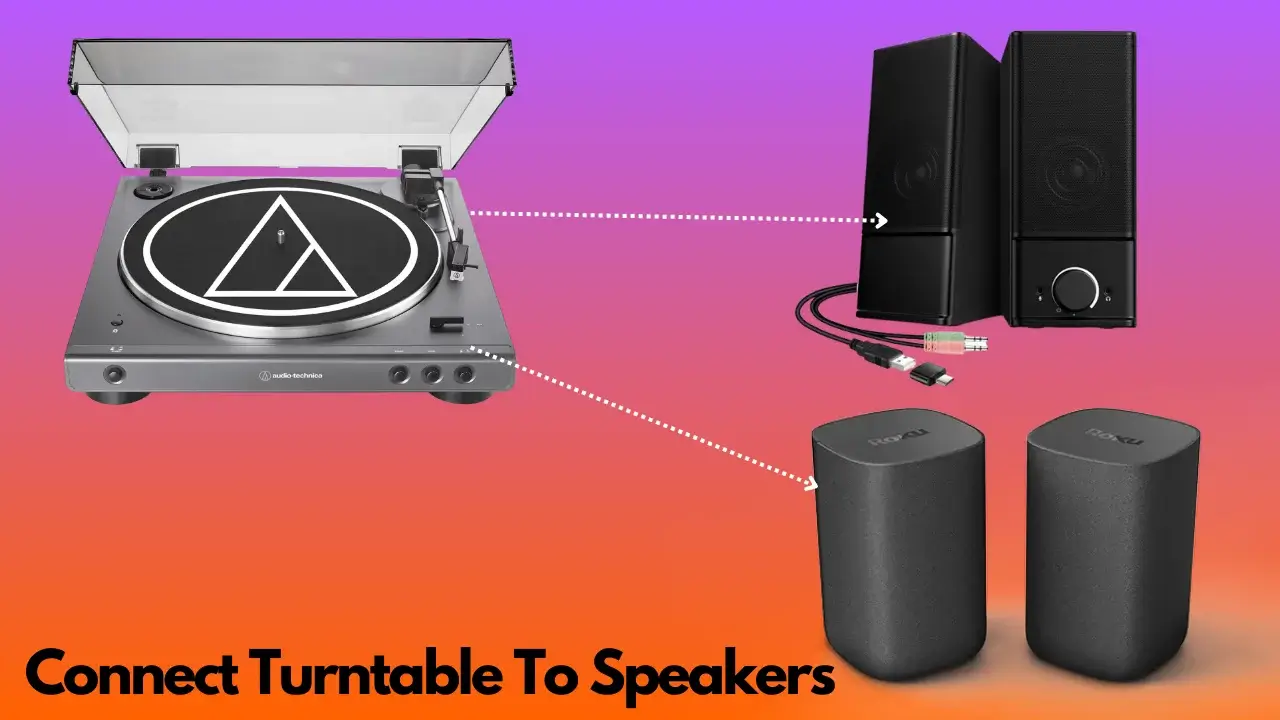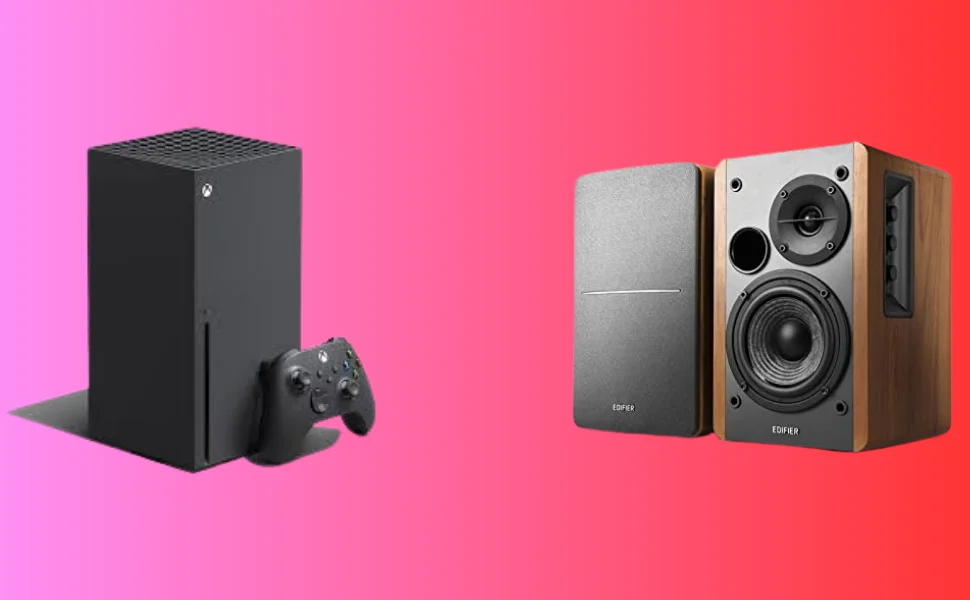Building a subwoofer box can be lots of fun if you’re interested in creating your sound system. If you love music, then this is the perfect project to get started on. But, just as everyone has different skills and likes, not everyone will be into building their speakers - we have a selection of high-quality, pre-made speaker systems made by professionals who know what they’re doing and are suited to your specific needs and tastes! Choosing your subwoofer. Learn about tuning frequency of ported box.
When choosing a subwoofer for a truck, find out from the manufacturer what size box to use with your subwoofer in a truck or other small location. For example, you could read an article from Alpine that states, “A sealed enclosure for the PWE-S10000 have a volume of 0.9 ft³”. Remember that you need enough space for installation and venting purposes, so don’t pick a box that is too small. When choosing a subwoofer, note the manufacturer’s recommended box volume. Choosing the appropriate box volume is especially important when selecting subs for your SUV or another vehicle. Considering that requirement, we recommend an Alpine PWE-S10 10" subwoofer. In addition, the manufacturer recommends 0.65 cubic feet, which is perfect for your car.
Tools And Materials To Build Subwoofer Box For Truck
Building a subwoofer box for a Truck can be challenging, but it is certainly one of the best ways to get the look and fit you want for your project without spending a fortune. All you need are simple tools and materials that are easy enough for people with no woodworking experience to obtain quickly.
- Jigsaw
- Wood screws
- Mounting screws
- Speaker wires
- Carpenter glue
- ¾ inch MDF
- Tape measure
- Clamp
- Speaker Terminal Cup
- Electric drill
Quick Steps To Build Subwoofer Box For Truck
- Measure your Subwoofer
- Measure your Truck’s Space
- Cutout Box Panels
- Opening for the Terminal Cup
- Assemble the Pieces
- Fit the Subwoofer
- Placing the Subwoofer Enclosure
Planning your subwoofer box design
This is how you calculate Truck subwoofer box dimensions to create the perfect stereo sound.
Determine Subwoofer Depth
You have to measure the depth of your subwoofer speaker unit. This measurement typically includes the mounting depth of the subwoofer, which is the distance from the mounting surface (the front of the subwoofer) to the back of the magnet structure.
Calculate Minimum Box Depth
Multiply the depth of the subwoofer by 2. This calculation accounts for the space needed behind the subwoofer for proper air circulation and sound performance. It ensures that the subwoofer has enough clearance within the enclosure and prevents any potential issues with sound quality or overheating. (Get your Slimline Subwoofer from here)
Calculate the minimum dimensions of your truck subwoofer box
Your system’s space needs should be determined before you start. Keep in mind that the resulting sound can be dampened by too much space as well. Subwoofer enclosures need to match their speaker’s size, and wedge-shaped boxes should have the depth of the box halved at each end.
Now Sketch out your box
Now you have to draw your box on paper, making sure it’ll still fit in your car or Truck, keeping in mind that the shape might differ for each type of vehicle you have shipped.
Determine the internal dimensions and volume of box
Now that you’ve identified the measurements of your box, you need to figure out what ingredients to put inside. To do this, subtract the depth and length of the cut wood pieces needed for construction from the external dimensions of your box.
Calculate internal box volume in cubic inches
Because most boxes will be calculated using the volume of cubic feet. This means that when you look at your dimensions, they will be written in cubic inches. So, when converting the numbers into cubic feet, we need to calculate what that means.
Determine the final exterior box dimensions
Now that we have our new seat size based on your body dimensions, we need to resize the car’s shell. Flip your ruler over and measure 1-1/2" to add to what we subtracted in step 5. The new shell is then the sum of these two measurements. Ensure these new proportions fit into your car properly to squeeze yourself in!
Instructions for Building Subwoofer Box for Truck
To begin, cut the rounded edges off two sides of the MDF boards to make them straight. This will facilitate mounting them in the table saw to cut them into an equilateral triangle for the bottom of the box. You can purchase MDF boards at most large craft stores. Alternatively, you could obtain them from a local hardware store or a home improvement center. In any case, strive to cut the full-sized template as accurately as possible.
Once you have the subwoofer piece on hand, use the template or a compass to mark where you will cut out the hole. Assemble the cabinet by securing the two front pieces together using plenty of wood glue and sheet metal screws. Since you are constructing a double-thickness front panel, this will help strengthen the entire box. If you opt not to use a double-thickness mounting surface, plan on bracing the box in other ways. Even if your box is only a cubic foot or smaller in circumference, it’s advisable to incorporate braces due to the internal pressure generated within larger enclosures. The internal pressure can become so extreme that it might seem like it could damage your workshop if precautions are not taken during construction.
Conclusion
So, whether you’re a hands-on DIYer or prefer ready-made solutions, there’s something out there for everyone in the world of subwoofer boxes. It’s all about finding what fits your style and sound needs best. Just remember, whether you’re measuring depths or cutting boards, the end goal is to bump up your audio experience in your truck!
- Discover how to link your Sony subwoofer to a soundbar without needing the remote!
- Explore connecting your Samsung subwoofer to a soundbar without a remote!
